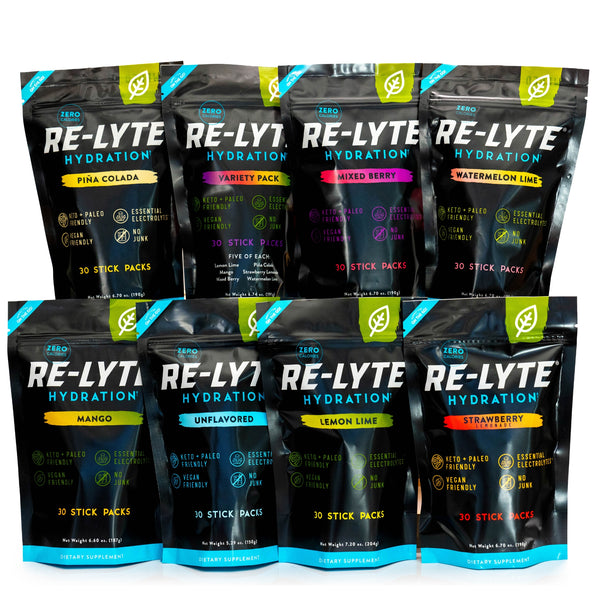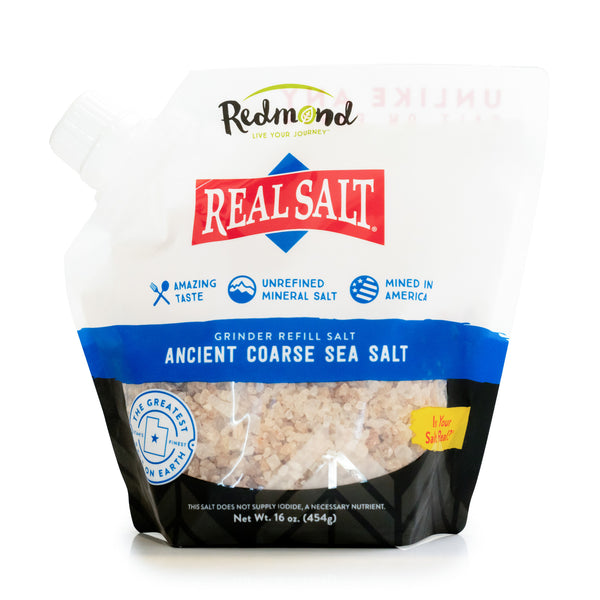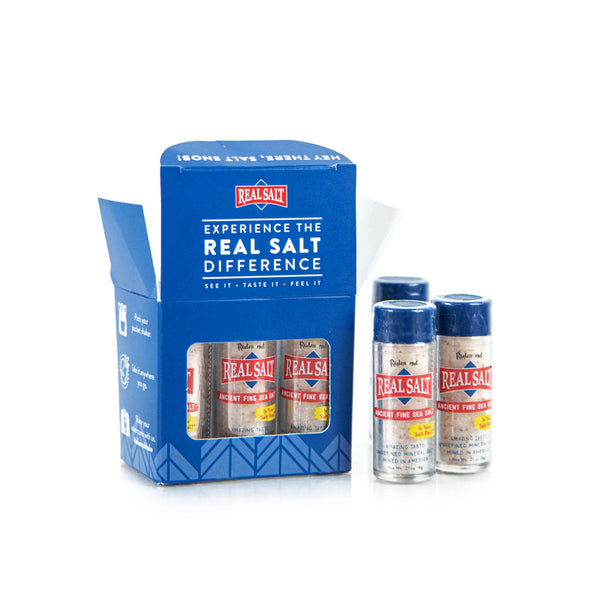Electrolyte Spotlight: What Are the Benefits of Chloride?

Article at a Glance:
- Chloride is often overlooked in electrolyte discussions, but it’s an important member of the electrolyte family.
- Chloride is the most abundant anion (negatively charged atom or molecule) in the body and plays a critical role in keeping us alive.
- Chloride is necessary for basic and complex processes—breathing, digesting food, fighting disease, balancing cell fluid, and more.
- Chloride is a key part of any electrolyte mix because the body loses it through sweat.
- Most people get their RDA of chloride (2.0 grams) through the salt they eat (but needs vary depending on exercise and other factors); other good sources of chloride include tomatoes, lettuce, celery, olives, rye, and seaweed.
If you look at the periodic table of elements, you won’t find chloride. But you will find chlorine. What’s the difference? It’s the same element, but chlorine becomes chloride when it gains an extra electron and becomes negatively charged. The additional electron makes a huge difference. Chlorine (17 electrons) is a highly reactive gas that can kill you, but chloride (18 electrons) is a stable anion (negatively charged atom or molecule) that’s an essential player in some of our body’s most critical functions, from breathing to digesting food.
What Are the Benefits of Chloride?
Chloride is the body’s most abundant anion and, after sodium, is the most abundant electrolyte in serum (the clear, liquid part of blood after blood cells are removed). It’s found in our stomach, the fluid outside our cells, the fluid inside our cells, and inside lysosomes (an organelle in our cells). Here are just a few of chloride’s many critical roles in very different body processes:
- Breathing—In a process known as the “chloride shift,” chloride ions make it possible for your blood to transport carbon dioxide (a byproduct of cellular respiration) away from your muscles and organs to your lungs where it’s exchanged for oxygen.
- Fluid balance—Chloride works with sodium to keep the proper balance of fluids and pressure in cells. Along with keeping your cells healthy, it helps keep the mucus in various organs such as the lungs, pancreas, and liver at the correct consistency.
- pH balance—Chloride also assists with keeping cells at the proper pH, with the correct balance of positively and negatively charged particles.
- Digestion—Chloride is a main ingredient of the hydrochloric acid in your stomach that breaks down food. Hypochlorhydria, low levels of this acid, can seriously limit the body’s ability to break down and absorb nutrients.
- Lysosome function—Lysosomes are organelles that serve as the recycling centers for our cells. They break down worn-out parts into reusable pieces and are involved in the destruction of old or diseased cells.
- Immune response—Cells in our immune system use chloride to make hypochlorous acid, which helps protect the body from invaders.
How Much Chloride Does My Body Need?

For adults, the Recommended Daily Allowance (RDA) of chloride is 2.0 grams. But how much a particular individual needs will vary depending on their body and situation. Your salty sweat contains chloride as well as sodium. In fact, one study found that the minerals lost in sweat during one hour of exercise included 1,725 mg of chloride and 1,150 mg of sodium. So you may need more of both sodium and chloride if you are exercising or losing fluids through sweat or other avenues. (Fun fact: “sodium chloride” is the scientific name for food salt.)
Why is Chloride in Re-Lyte?
Since chloride is sodium’s partner, it’s in both Real Salt and Re-Lyte. But even if they weren’t attached, we would still include a good amount of chloride in our Re-Lyte formula. Why? Because it’s so important to your body’s fluid balance and overall hydration.
What Are Good Food Sources of Chloride?
Most people get the chloride they need in the salt they eat (hopefully it’s healthy, unrefined Real Salt!) Other sources of chloride include tomatoes, lettuce, celery, olives, rye, and seaweed. Of course, our favorite sources of chloride are Real Salt and Re-Lyte. Re-Lyte has a balanced amount of other important electrolytes, including sodium, magnesium, potassium, and calcium. It’s a great way to stay hydrated during exercise or throughout your day.
Sources:
- Chloride: foods, functions, how much do you need & more—European Food Information Council
- Water and Electrolytes—Human Nutrition, chap. 3
- Chloride Shift—Wikipedia
- Win, Dr. James DiNicolantonio
- Chloride: The queen of electrolytes?—National Institute of Health
- High lumenal chloride in the lysosome is critical for lysosome function—National Institute of Health
Comments (1)

I bought this one because I sweat a lot work my farm. But also for a nighttime drink alternative ( from wine)
I don’t see servings per day. Is two to many?
———
Redmond Life replied:
Hi Nora. We’re so glad you found Re-Lyte! Some people find that extra hydration before bed helps them feel better and sleep better. To decide how many electrolytes are right for you, check out this helpful article: https://kb.redmond.life/how-many-servings-of-re-lyte-hydration-should-i-have-each-day












